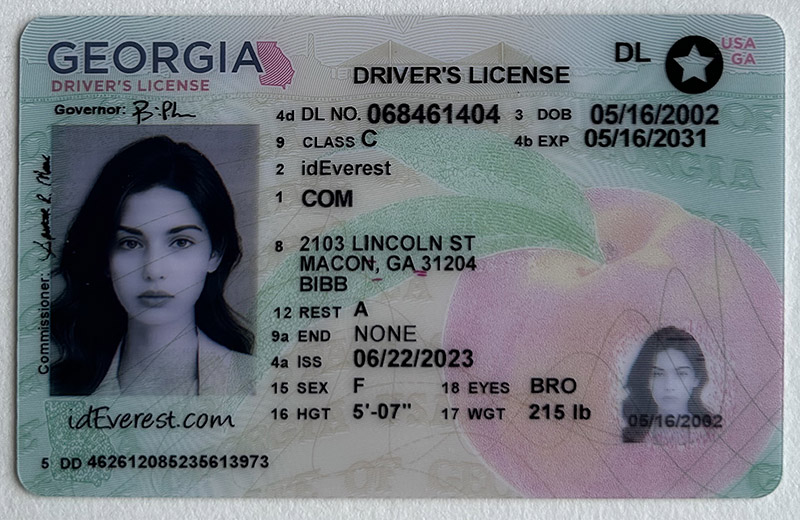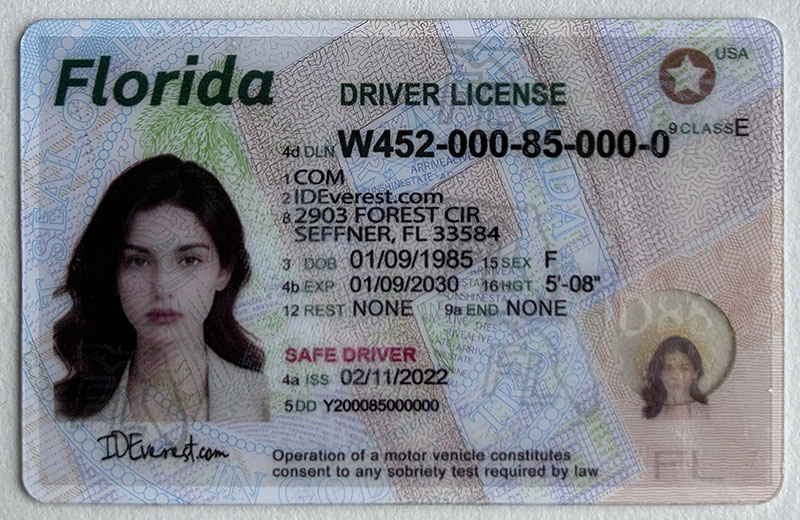identity verification
Outline and Content Expansion
Introduction: The Importance of Identity Verification in a Digital World
- Purpose: Introduce identity verification and its rising importance as global businesses transition online, encountering challenges related to security, privacy, and user trust.
- Background: Briefly explain the evolution of identity verification from traditional in-person checks to advanced digital systems.
- Thesis Statement: Assert the goal of the article – to provide an exhaustive overview of identity verification, addressing why it matters for businesses, individuals, and the future of secure digital transactions.
Section 1: Understanding Identity Verification
- 1.1 What is Identity Verification?
- Define identity verification and explain how it confirms an individual’s identity using various methods.
- 1.2 Types of Identity Verification:
- Document-based Verification: Describe traditional methods using passports, ID cards.
- Biometric Verification: Overview of biometrics such as fingerprint, facial recognition, iris scans.
- Knowledge-based Verification (KBA): Explain security questions and potential weaknesses.
- Multi-Factor Authentication (MFA): Discuss two-factor and three-factor authentication.
- 1.3 How Identity Verification Works:
- Walkthrough: Typical verification process steps, from capturing ID data to verification.
- Example: Use a common scenario, like onboarding to a financial service, to illustrate.
Section 2: Market Landscape and Trends in Identity Verification
- 2.1 Market Size and Growth:
- Current market statistics for identity verification services.
- Expected growth rates and market drivers (e.g., increase in cyber fraud, global compliance standards).
- 2.2 Major Industry Players:
- Overview of key companies (e.g., Jumio, Onfido, TransUnion).
- Short profiles, notable innovations, and services each company offers.
- 2.3 Emerging Trends:
- Biometric Advancements: Advancements in biometric recognition, such as facial and voice recognition.
- Artificial Intelligence & Machine Learning: How AI/ML improves verification accuracy, reduces fraud.
- Blockchain for Identity Verification: Prospects and potential of blockchain technology.
- Self-Sovereign Identity (SSI): New trend empowering users to control their own identities.
Section 3: The Need for Identity Verification
- 3.1 Combatting Identity Fraud:
- Discuss increasing rates of identity theft and fraud, particularly in finance and e-commerce.
- 3.2 Regulatory Compliance:
- KYC (Know Your Customer) and AML (Anti-Money Laundering) regulations that necessitate identity verification.
- How businesses use identity verification to comply with GDPR, CCPA, and other privacy laws.
- 3.3 Improving Customer Experience:
- Explain how quick and accurate identity verification can enhance the customer journey, especially in banking, e-commerce, and healthcare.
- 3.4 Risk Mitigation:
- Role in reducing chargebacks, preventing account takeovers, and minimizing data breaches.
Section 4: Key Features of Effective Identity Verification Solutions
- 4.1 Security and Data Protection:
- Importance of data encryption, secure transmission, and secure storage in protecting user data.
- 4.2 Real-time Verification:
- Benefits of instant verification for users and businesses.
- 4.3 Scalability:
- Discuss solutions' adaptability to handle increasing verification requests as companies grow.
- 4.4 Ease of Use:
- Intuitive user interface, ease of integration, and smooth customer onboarding experience.
- 4.5 Compliance and Reporting:
- Reporting tools to help companies meet compliance requirements, conduct audits, and generate reports.
Section 5: Technologies Behind Modern Identity Verification
- 5.1 Biometric Recognition Technology:
- Deep dive into facial recognition, fingerprint scans, and iris recognition technology.
- 5.2 Machine Learning and Artificial Intelligence:
- How AI analyzes patterns and enhances fraud detection.
- 5.3 Blockchain Technology:
- Explore blockchain’s potential in secure and decentralized identity storage.
- 5.4 Data Encryption and Privacy Protection:
- How advanced encryption protocols safeguard sensitive user data.
- 5.5 Cloud-Based Solutions:
- Advantages of cloud-based identity verification for storage, speed, and global access.
Section 6: Market Analysis
- 6.1 Industry-Specific Use Cases:
- Finance: Prevention of fraud in banks, online payment platforms.
- Healthcare: Securing patient data and verifying healthcare professionals.
- E-commerce: Ensuring secure transactions and reducing chargeback rates.
- Travel & Hospitality: Streamlining guest check-in and secure boarding processes.
- 6.2 Geographic Market Overview:
- Growth in North America, Europe, APAC, and emerging regions.
- Regional factors influencing adoption and regulatory landscape.
- 6.3 Competitive Analysis:
- Analysis of competitive strengths, weaknesses, opportunities, and threats (SWOT) in the identity verification industry.
Section 7: Target Audience for Identity Verification Solutions
- 7.1 B2B Audience:
- Companies across finance, e-commerce, healthcare, etc., requiring secure verification for compliance and customer safety.
- 7.2 B2C Audience:
- End-users looking for convenient and secure onboarding experiences.
- 7.3 Government and Public Sector:
- Public agencies handling citizen verification, public safety, and digital identity management.
- 7.4 Potential Pain Points:
- Explore common pain points of different user groups, such as data security concerns, ease of use, and speed of verification.
Section 8: Future of Identity Verification
- 8.1 Evolving Regulatory Landscape:
- Discuss potential regulatory changes affecting identity verification practices.
- 8.2 Advancements in AI and Biometrics:
- Future AI applications for fraud detection and precision in biometric recognition.
- 8.3 Rise of Digital Identity and Decentralized Solutions:
- Trends in digital wallets, identity ownership, and decentralized ID.
- 8.4 Challenges Ahead:
- Address challenges like balancing privacy with security, user acceptance, and technological limitations.
Conclusion: Why Identity Verification is Crucial for the Future
- Summarize the importance of identity verification for security, regulatory compliance, and customer trust.
- Final thoughts on how companies can stay ahead by adopting robust identity verification solutions.
- Call to action for businesses to evaluate and implement identity verification solutions suitable for their needs.
Related News
Read More >>
 Scannable Custom Illinois Fake
Scannable Custom Illinois Fake
Our Illinois fake ID cards are the perfect solution for anyone looking for a high-quality ID card th...
 Scannable Custom Georgia Fake
Scannable Custom Georgia Fake
Ordering your Georgia fake ID from ideverest.com is simple and hassle-free. Simply visit our website...
 Scannable Custom Florida Fake
Scannable Custom Florida Fake
If you‘re looking for a high-quality, scannable Florida fake ID, look no further than ideverest.com....
 Scannable Custom Fake SSN
Scannable Custom Fake SSN
A Social Security Number (SSN) is one of the primary forms of identification in the United States. I...